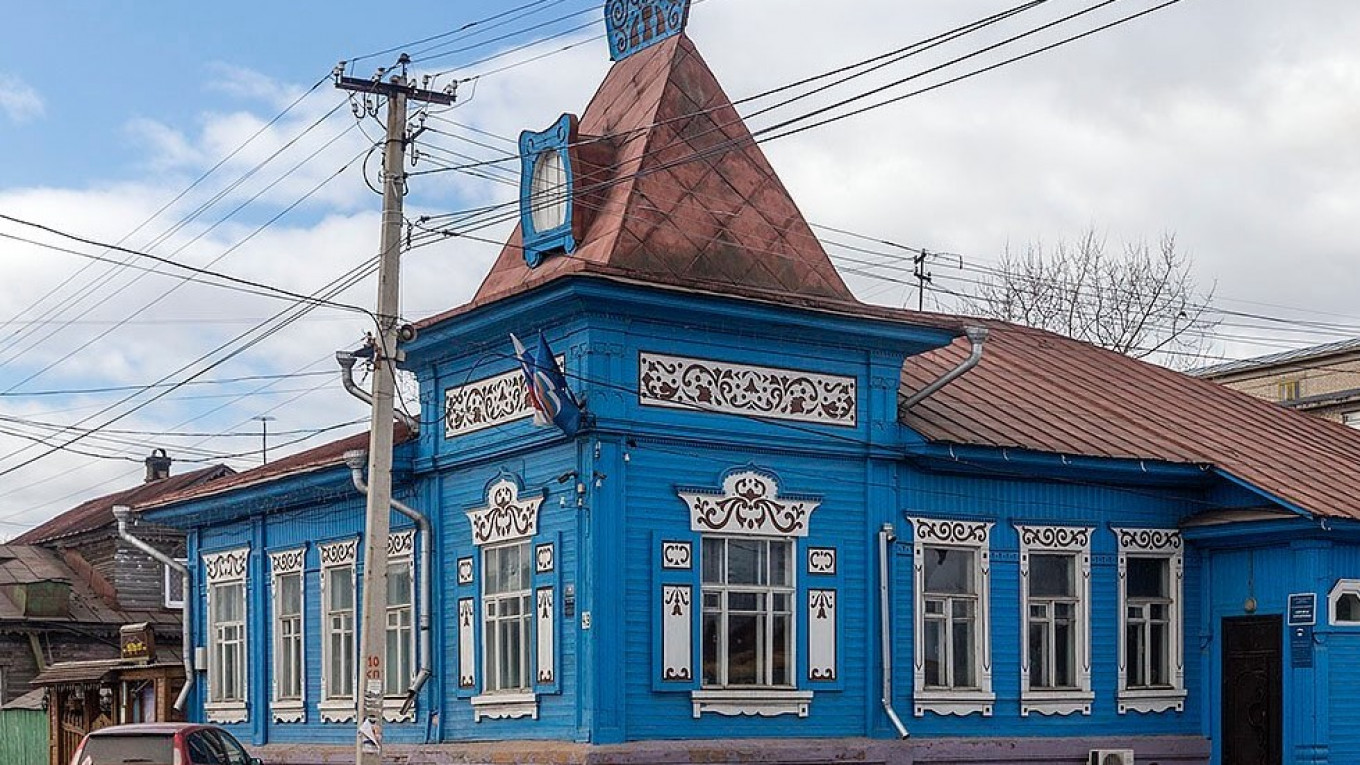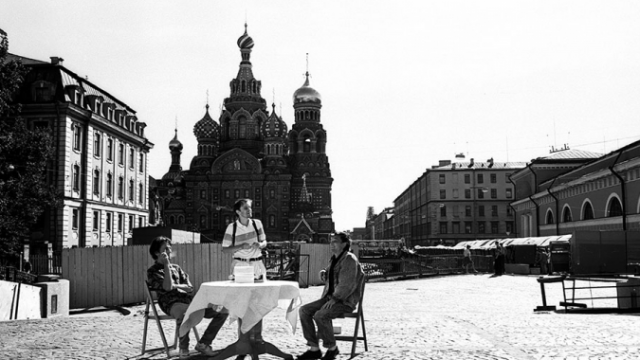Ivan Khafizov lives in Lobnya, in an apartment on the 5th floor. He doesn't have a wooden house, and his parents never lived in one. But he loves wooden houses and their nalichniki — carved wooden window surrounds — so much that he has dedicated his life to studying and protecting them.
Khafizov’s interest in nalichniki began in 2007 when he worked for an IT-company and went on a business trip to Engels in the Saratov region. On a hot July day he walked around the city and took pictures of beautifully decorated windows. A few days later he went to the Nizhny Novgorod and Vladimir regions, where he saw them again.
“When I returned home and laid out the photographs, I realized that nalichniki were different. I was curious about them and went to the library to learn more,” Ivan Khafizov said.
First, he posted photos to LiveJournal, and then created a virtual museum. Since then, Ivan Khafizov has taken more than 20 thousand photographs of nalichniki.
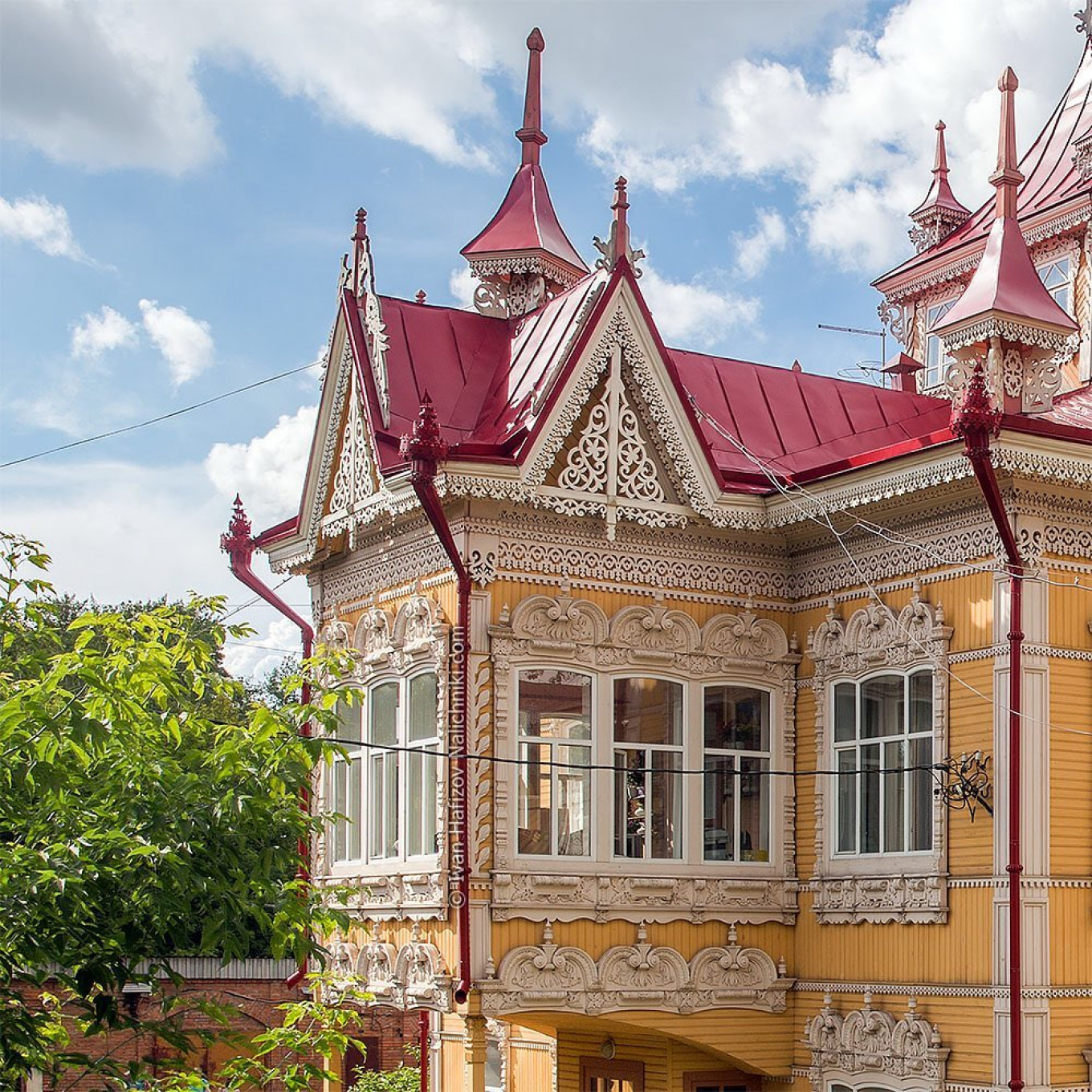
History of a folk art
No one knows where nalichniki came from. There is one version that they came from Italy, where decorative window surrounds were made of stone. Specialists consider that the first Russian buildings with stone nalichniki were the Church of the Ascension in Kolomenskoye and the bell tower of Ivan the Great in the Kremlin, both created in the beginning of the 16th century.
However, stone was expensive, and only boyars and nobles could afford to decorate windows with stone nalichniki. The peasants began to make wooden ones. The first wooden nalichniki date back to the end of the 17th century, but they became widespread only in the 19th century.
In another version, the Nizhny Novgorod region was the homeland of Russia’s nalichniki. When ships began to be made of metal in the middle of the 19th century, woodcarvers began to decorate houses instead. This kind of ornamentation became popular very quickly.
But in each city or village, the story of nalichniki is unique. “In Siberia, there was no shortage of material: resinous conifers are best for nalichniki,” Ivan Khafizov told The Moscow Times. “That’s why there are many nalichniki in Irkutsk and Tomsk. In Pereslavl-Zalessky, there are almost none of them because almost no richly decorated houses were built in the 19th century. In Kursk, Smolensk, St. Petersburg, and some other cities many wooden houses burned down during the Great Patriotic War,” he said.
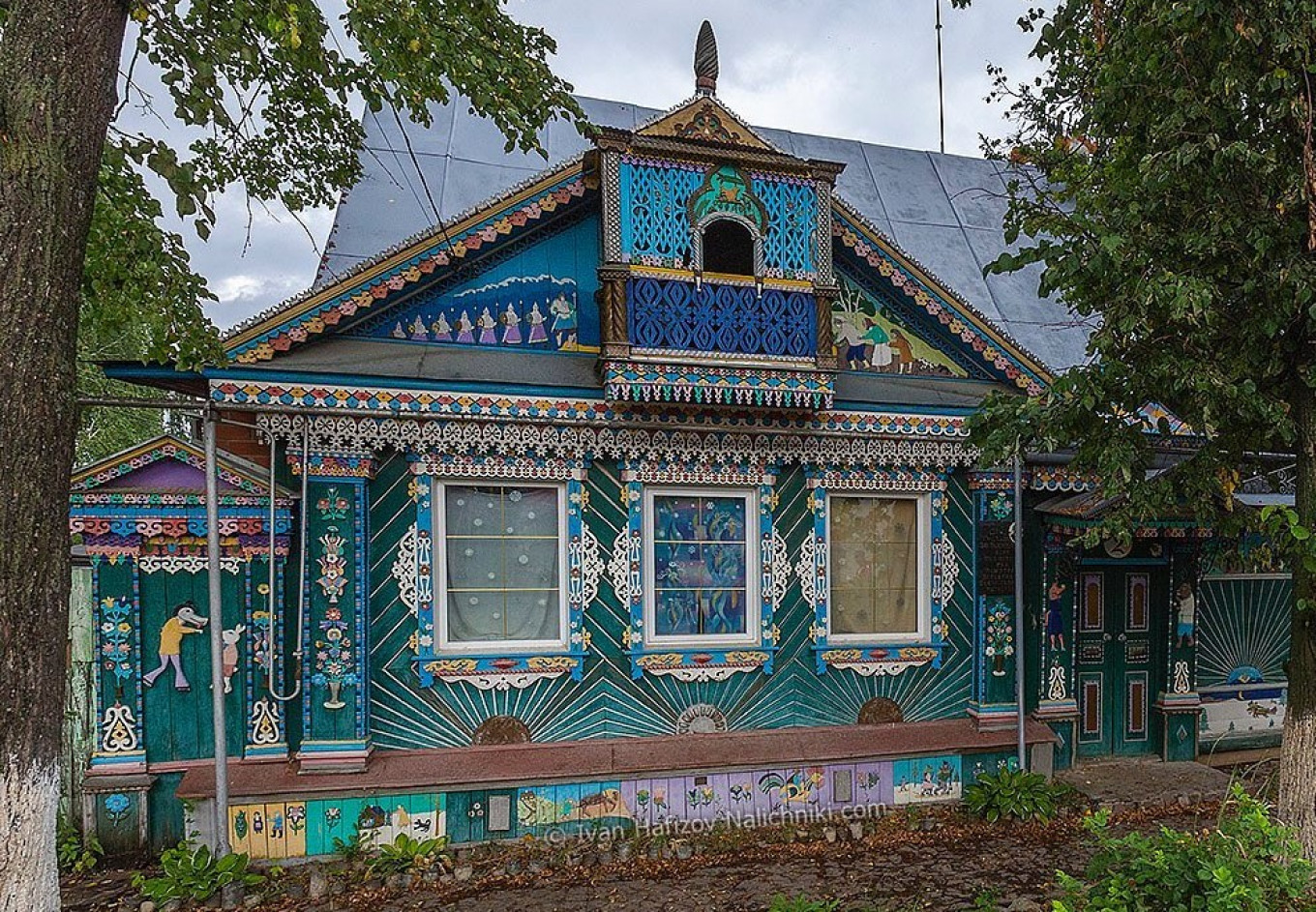
Regional, municipal and unique
Khafizov says that he has not yet come up with a good classification system. First, he came up with a system in which the main criterion was complexity. But then, he said, “the more I photographed, the more I understood that some nalichniki that I put in the most difficult category really weren’t as special as others. For example, in the Bryansk region there is a nalichnik that is just a triangle above the window. Very laconic, but that’s what makes it beautiful,” he said.
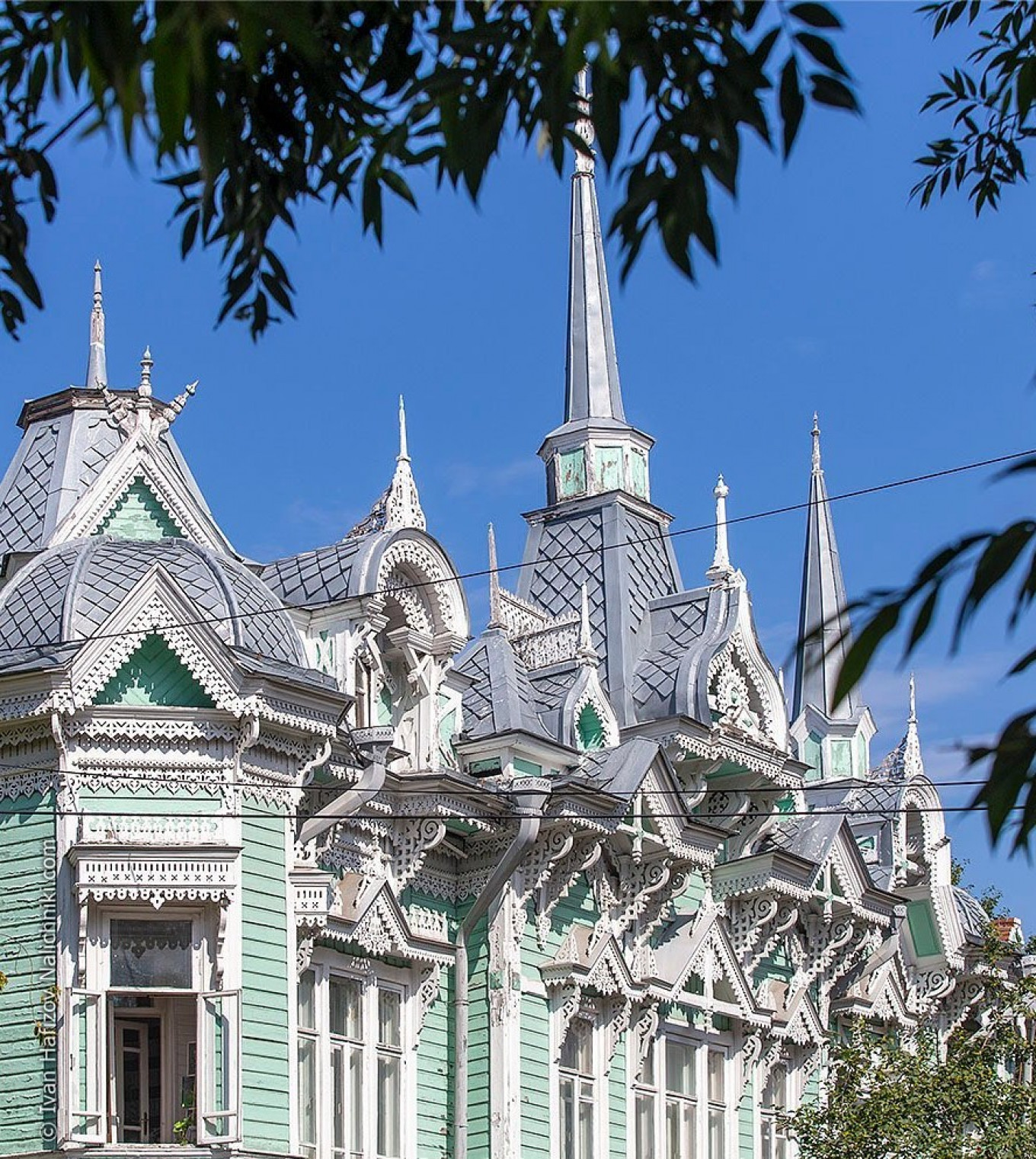
Now he sorts by geography because different settlements have their own style of nalichniki. For example, in Siberia and Nizhny Novgorod you find flat carving, like bas reliefs. In the republics of Buryatia, Udmurtia, and Tatarstan, cutout carving was more popular: wood is sawn through to give the effect of lace.
“I noticed that people recognize the ornaments typical of their region, but there is no association with a particular city, the way matryoshkas (nesting dolls) are associated with Semyonovo. The nalichnik was never registered as a folk craft, and, in my opinion, this is an omission,” Khafizov said.
The carvings include flowers, curls, stars, and other shapes that suggest amulets. However, according to Khafizov, until the 1980s, no one suggested that the patterns meant something.
The ornamentation depended on the carver's imagination. The craftsmen looked for inspiration in everyday things — embroidery, packs of soap or tea. In addition, nalichniki were made by artels, which borrowed patterns from one other.
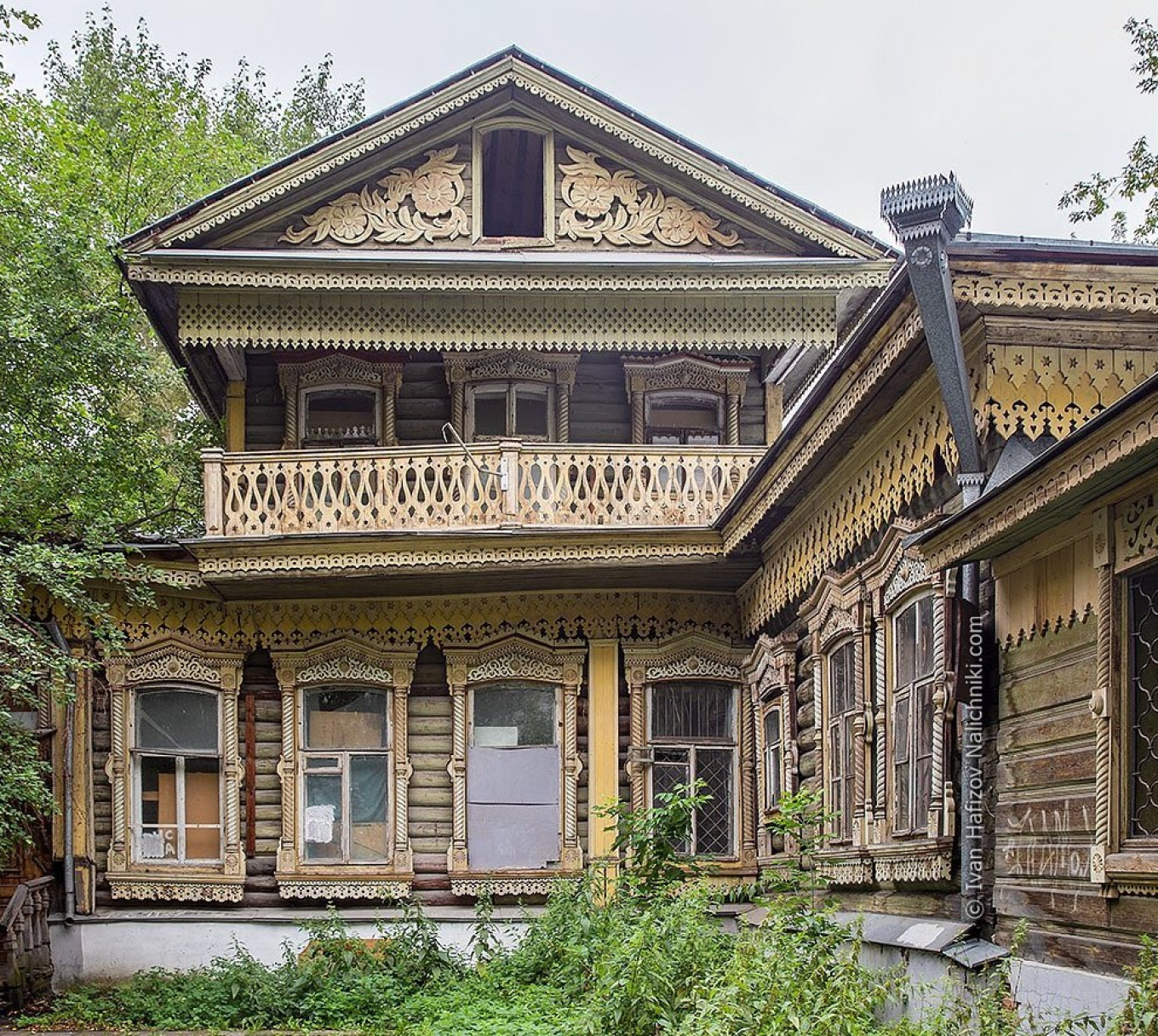
The dangers of nalichnik hunting
These days many people know Ivan Khafizov. Besides, he wears a nalichniki-branded T-shirt as he travels and takes photographs, and he always has souvenirs in his backpack. But he runs into trouble every once in a while.
In Irkutsk or Tomsk, where there are a lot of tourists, the owners of houses do not pay attention when somebody takes pictures of their windows. But people in villages are more cautious. “Once I took pictures of nalichniki in the Tver region, and a man came out. As he talked to me he held a gun with the safety lock off behind his back. But this happens much more rarely now,” Khafizov said.
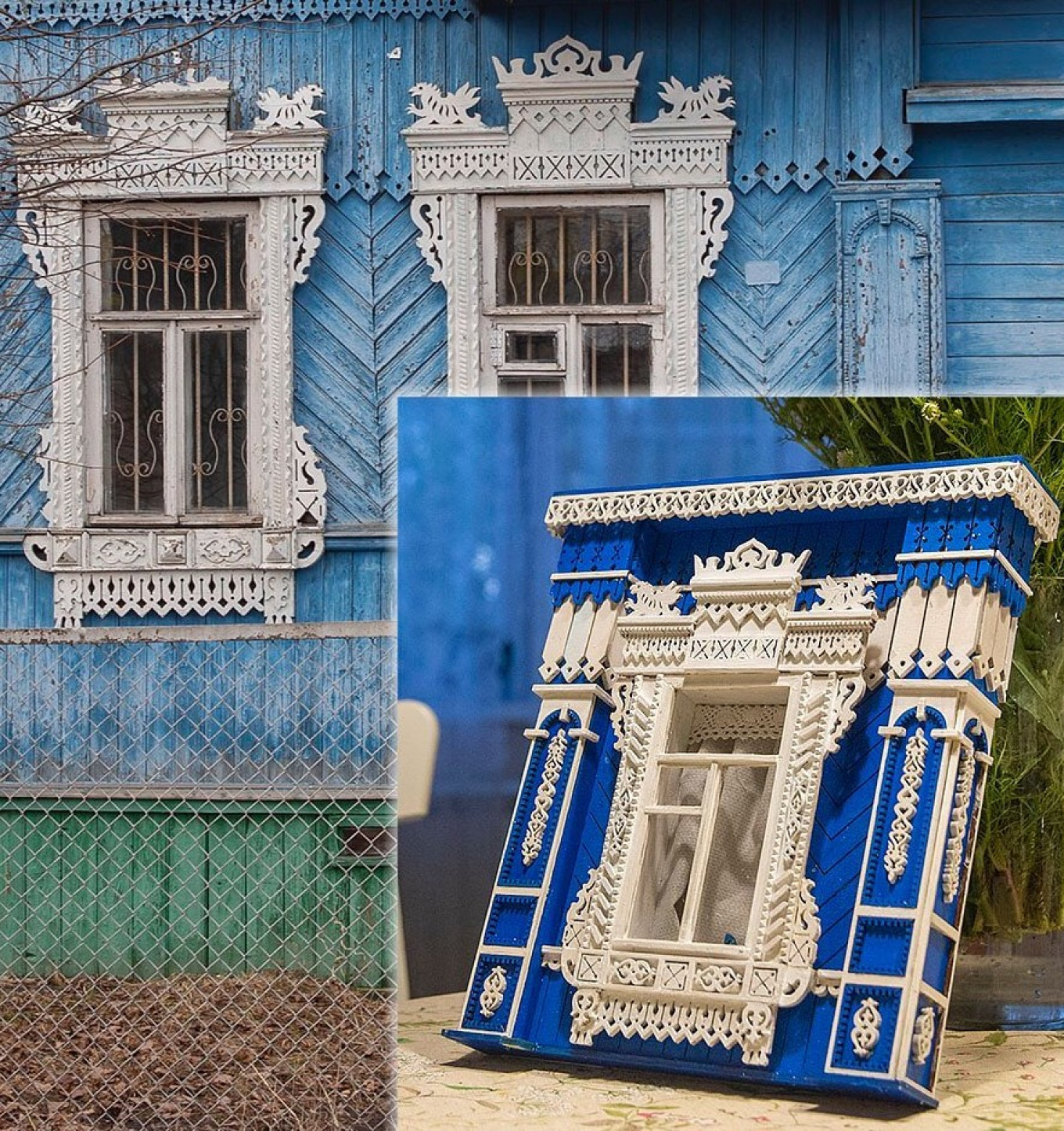
Make a mini-nalichnik
In the spring of 2020, Ivan Khafizov was going to start a second book about nalichniki dedicated to the Volga region, but the pandemic changed his plans. Instead, he stayed home and worked on miniature models.
Now he produces six laser-cut prototypes of real nalichniki from different regions of Russia. The buyer receives a set of parts, glue, paint, and detailed instructions. Each model is about 28 x 28 cm and is assembled like Legos.
“I want to create a symbol for nalichniki preservation, because it is the living history of our times,” Ivan Khafizov said.
For more information about nalichniki and Khafizov's work, see his virtual museum.
A Message from The Moscow Times:
Dear readers,
We are facing unprecedented challenges. Russia's Prosecutor General's Office has designated The Moscow Times as an "undesirable" organization, criminalizing our work and putting our staff at risk of prosecution. This follows our earlier unjust labeling as a "foreign agent."
These actions are direct attempts to silence independent journalism in Russia. The authorities claim our work "discredits the decisions of the Russian leadership." We see things differently: we strive to provide accurate, unbiased reporting on Russia.
We, the journalists of The Moscow Times, refuse to be silenced. But to continue our work, we need your help.
Your support, no matter how small, makes a world of difference. If you can, please support us monthly starting from just $2. It's quick to set up, and every contribution makes a significant impact.
By supporting The Moscow Times, you're defending open, independent journalism in the face of repression. Thank you for standing with us.
Remind me later.


